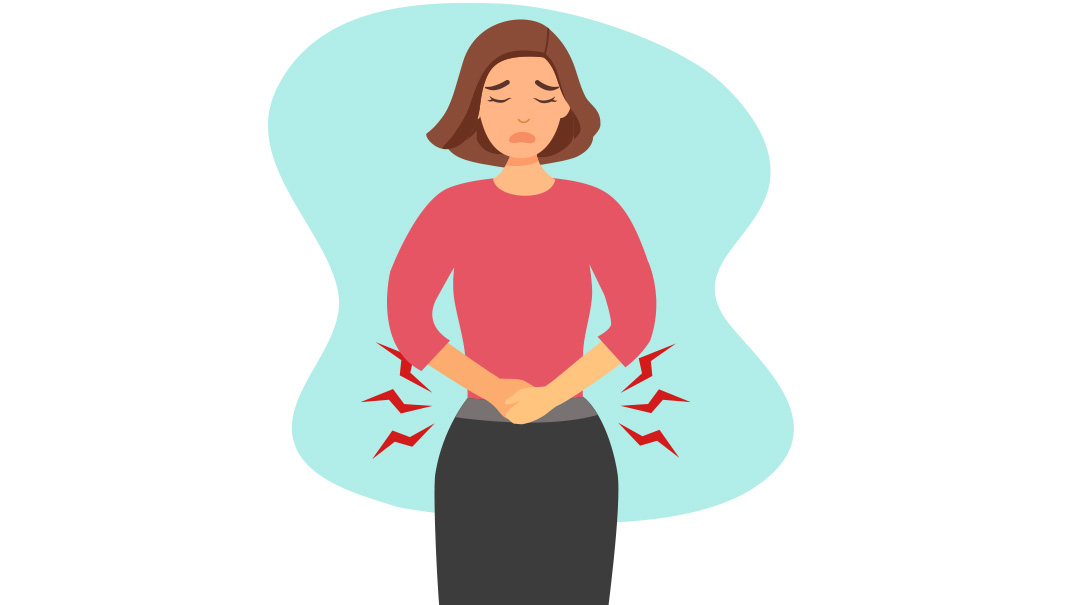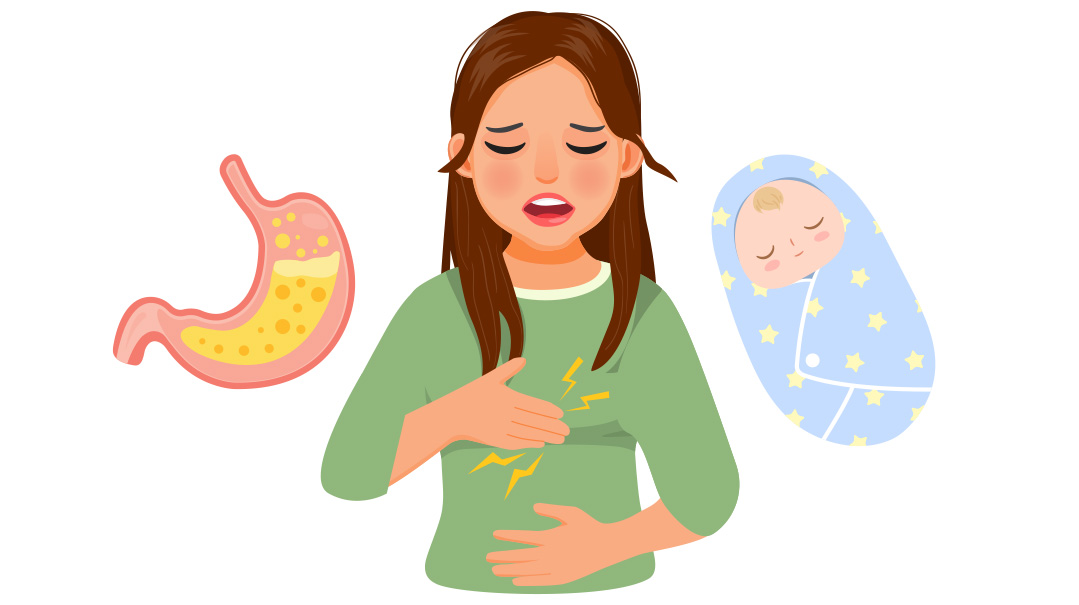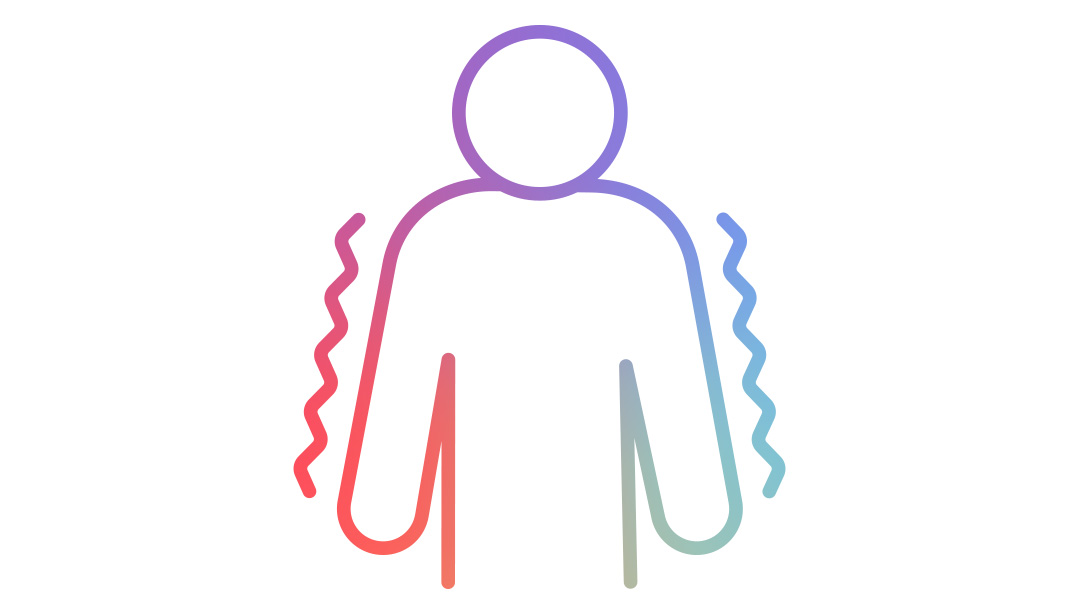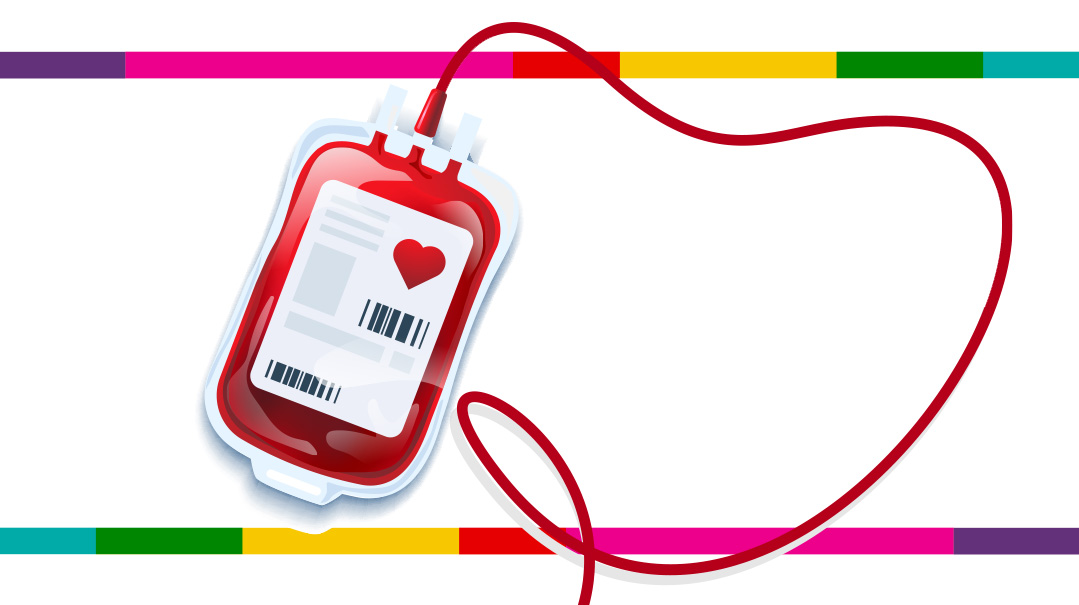Fever
| April 11, 2022Fever isn’t a sickness, like strep throat or an ear infection. A raised body temperature is only a symptom
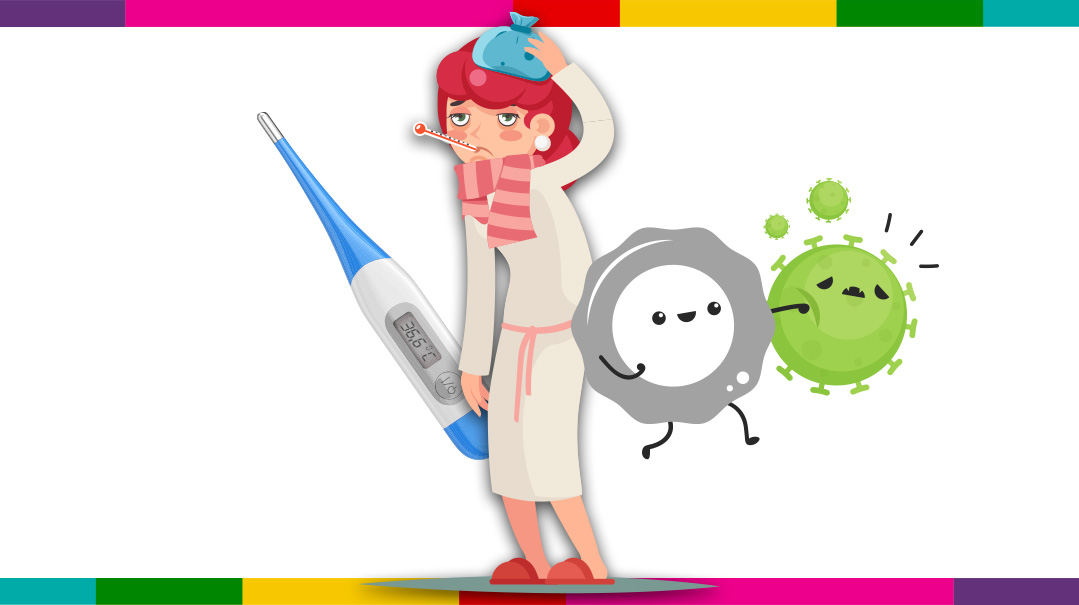
“Oh no!
It looks like you have fever!” You know the look: flushed cheeks and glassy eyes. You know the feeling: chills and shivering, feeling boiling hot one minute and freezing cold the next; feeling exhausted, tired, and just plain sick. Sometimes, fever is accompanied by pain: a sore throat, sore muscles, or other aches.
Some people get a little nervous when they (or their children) have fever. It can be scary, especially if the fever is high. But usually, fever isn’t something to be afraid of. Here’s why.
A symptom, not a disease!
Fever isn’t a sickness, like strep throat or an ear infection. A raised body temperature is only a symptom. When you have fever, it’s like your body is saying, “Hi, there, I’m fighting something!” And that’s the whole truth — fever is the body’s immune system working hard.
When you get sick, your immune system — the whole complex way your body works hard to protect you from disease — kicks into action. But you can have fever if you’re not sick, too, and that’s because fever is simply a sign that your immune system is hard at work. You might have experienced this for yourself if you had fever after your Covid vaccine. You weren’t sick — there’s no live coronavirus in the shot — but your body was reacting to the vaccine by developing antibodies against Covid. That’s your immune system working. Babies sometimes get fever after childhood vaccines for the same reason; their immune system is developing the ability to recognize and fight that particular virus or disease.
Oops! We could not locate your form.

